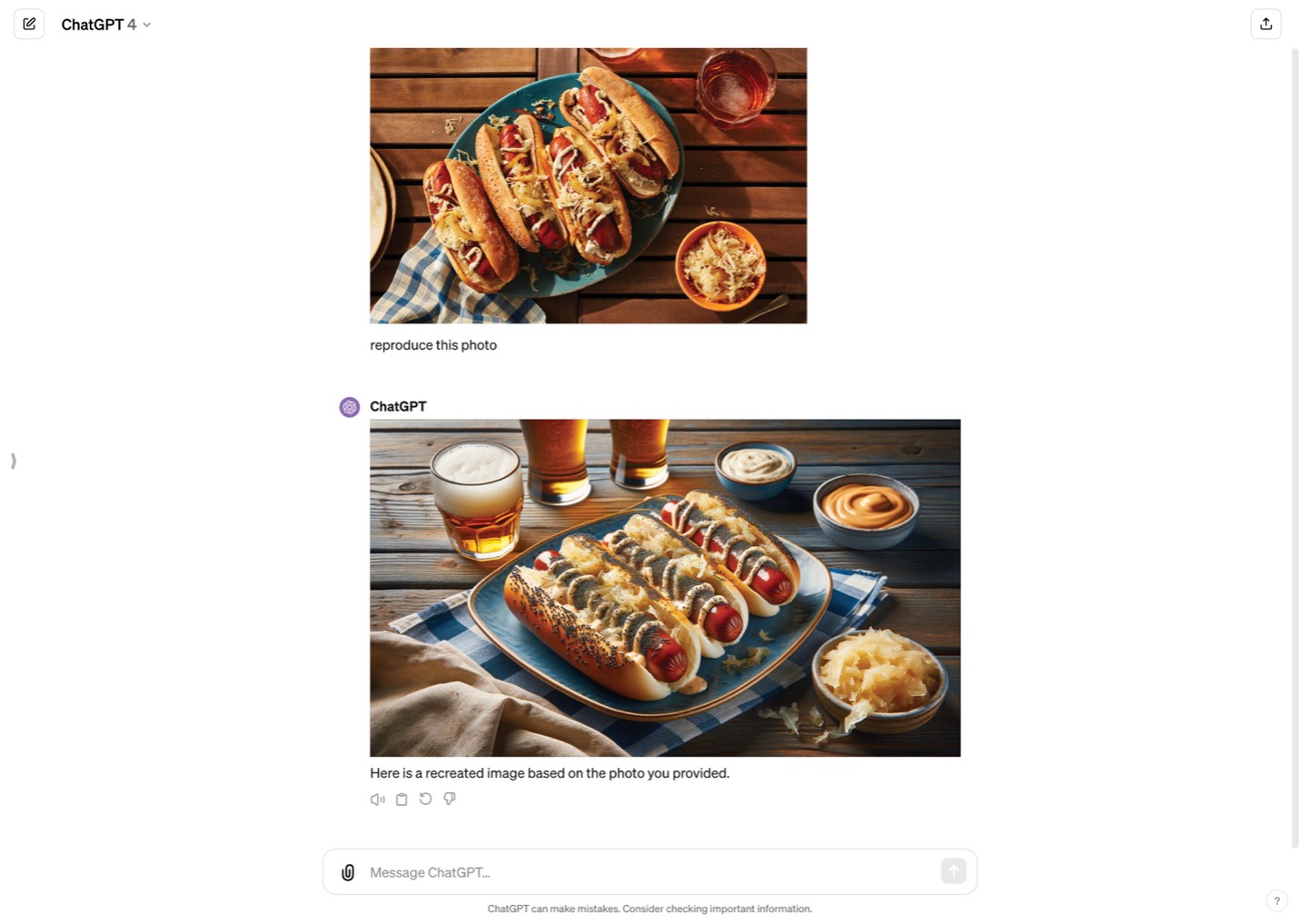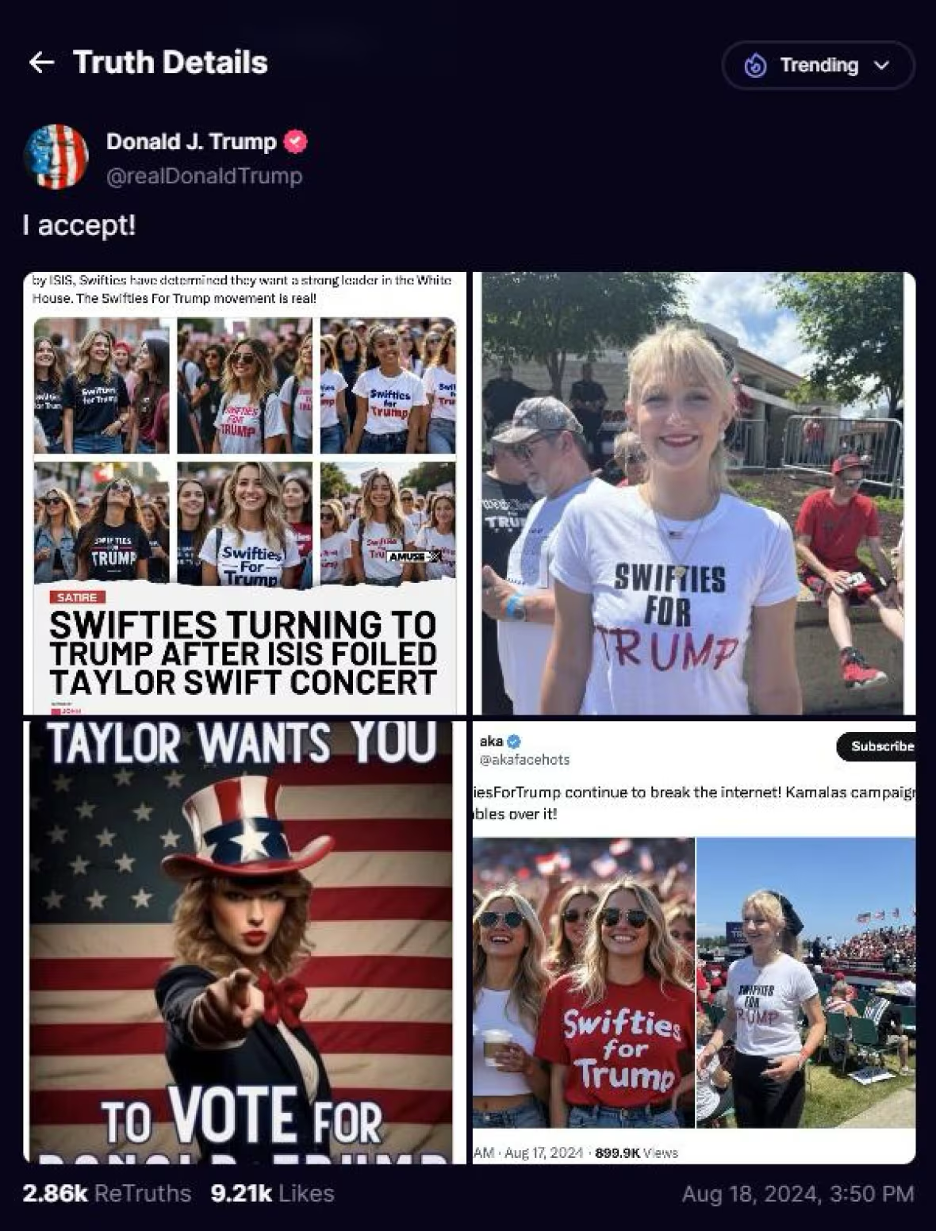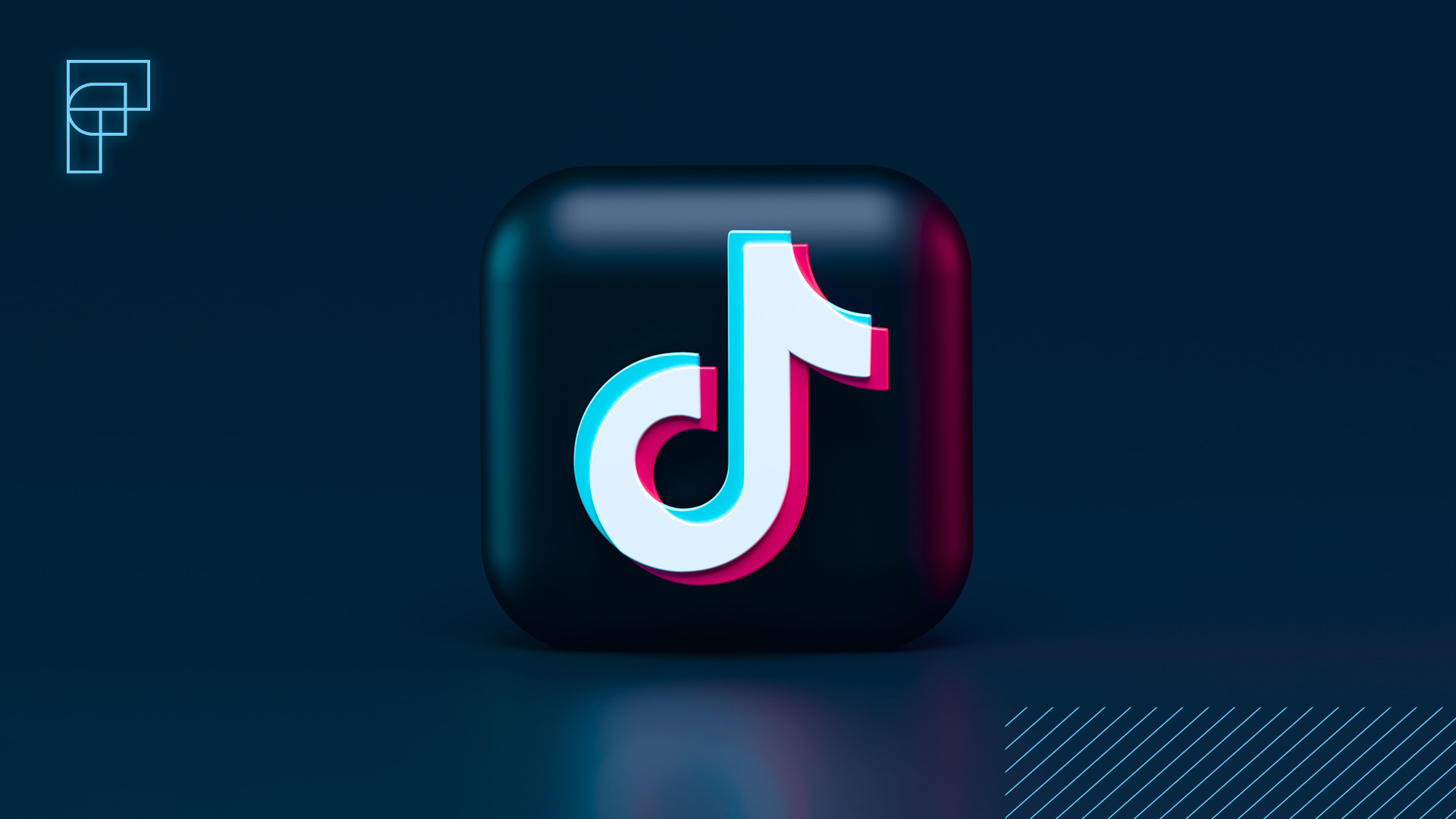
AI in Advertising: The Good and the Not-So-Good.
Coming out of recent FUSE Create planning sessions, we at the agency wanted to implement some AI discovery workshops so that we can leverage the tech to support our workflow.

Coming out of recent FUSE Create planning sessions, as well as key learnings from Worldwide Partners’ Conference in Mexico, we at the agency wanted to implement some AI discovery workshops. This was so that we can learn about AI as an entire company and find opportunities to leverage the tech to support our workflow. While these sessions are currently happening, we wanted to dive into what AI means from an advertising perspective since it is literally trending everywhere.
The Good: AI + Greenies – The Dog Interpreter
Starting with the positive, a prime example of AI enhancing customer experience comes from Greenies – your dog’s favourite dental treat. Greenies, in collaboration with Amazon Ads, launched a campaign leveraging AI to create an engaging experience for dogs and owners. The campaign allows customers to scan their dogs while they eat Greenies and generates a “translation” of what the dog thinks about the meal, while letting our fury friends “review” the food!

While we all know that AI isn’t truly reading our dogs minds, this creative use of AI adds a layer of fun and engagement to the product experience. Greenies showed how AI can be used in a harmless and enjoyable way in advertising. It doesn’t aim to lie to users, but rather adds to the product experience by creating a memorable moment with the brand. This shows that when used thoughtfully, AI can bring a brand closer to its audience through entertainment – and it’s something fun for the whole family to get involved in.
The Good: AI Food Photography – The Schneiders Test
In a 2024 study, researchers claimed that AI-generated food images were “tastier” than the real deal. Upon hearing this, we at FUSE Create thought of our client Schneiders, and the food photography content we create for their social channels: tasty-looking food photography that drives engagement, interest and brand affinity. So we thought, what better use of AI than to challenge the study itself and see if AI could indeed create “tastier” looking images than Schneiders. We used the same prompt and methodology as the study, and we asked DALL-E Chat GPT 4 to “reproduce this image”. The results?

AI could NOT create a tastier looking image than Schneiders’ food photography. Period. AI’s images were either distorted, disproportionate, missing ingredients, discoloured, or plasticky looking – bad for AI, but a good use of it for Schneiders. Our experiment revealed that while AI could generate visually appealing images, it lacked the artistry that human photography brings to the table. It’s a reminder that while AI can mimic creativity, it lacks the soul and authenticity a human touch provides. Rest assured; our jobs are safe! (for now).
The Not-So-Good: X and the Rise of AI-Generated Content
As AI continues to evolve, so do the risks associated with it. A concerning development is the introduction of Grok, a photo-creating AI by X (formerly known as Twitter). Grok-2 launched on August 13 and holds capabilities in chat, coding, and image generation. It only took X users a few moments with the new technology to create hyper-realistic images that could be used in harmful ways, like deepfakes.
Deepfakes have already raised alarm bells in different sectors, but this new X variation has brought political concerns with the upcoming Presidential Election in the US. Within minutes of Grok-2 launching, users created troubling deep fakes of this year’s presidential candidates that distorted reality and public opinion. So much so that it has been reported that Kamala Harris’ party put together an interdepartmental team to specifically address the threats posed by AI in the upcoming election.
Recently, former President Donald Trump shared AI-generated images on his X account that falsely implied Taylor Swift and her fans endorsed his 2024 presidential campaign. These deepfakes showed Swift fans wearing “Swifties for Trump” T-shirts, despite Taylor’s well-known support of Harris. The photos and videos were realistic enough to deceive some viewers into believing that Swift had switched political allegiances, showing how AI can be used to manipulate public opinion and spread information.

Parting Thoughts
AI in advertising is a double-edged sword. On one hand, it offers exciting ways to engage with consumers, and to drive efficiency within processes and internal procedures. But when used to replace or recreate the work of professionals, it can fall short. As AI continues to shape our world, it is best practice for brands and creatives to weigh the pros and cons. The key here will be to harness AI’s powers responsibly, ensuring that it enhances the human experience. And one last piece of advice; in the words of our in-house IT specialist Ryan Murphy, “AI has memory capabilities, so please ask all your clients for permission before you use it!”



